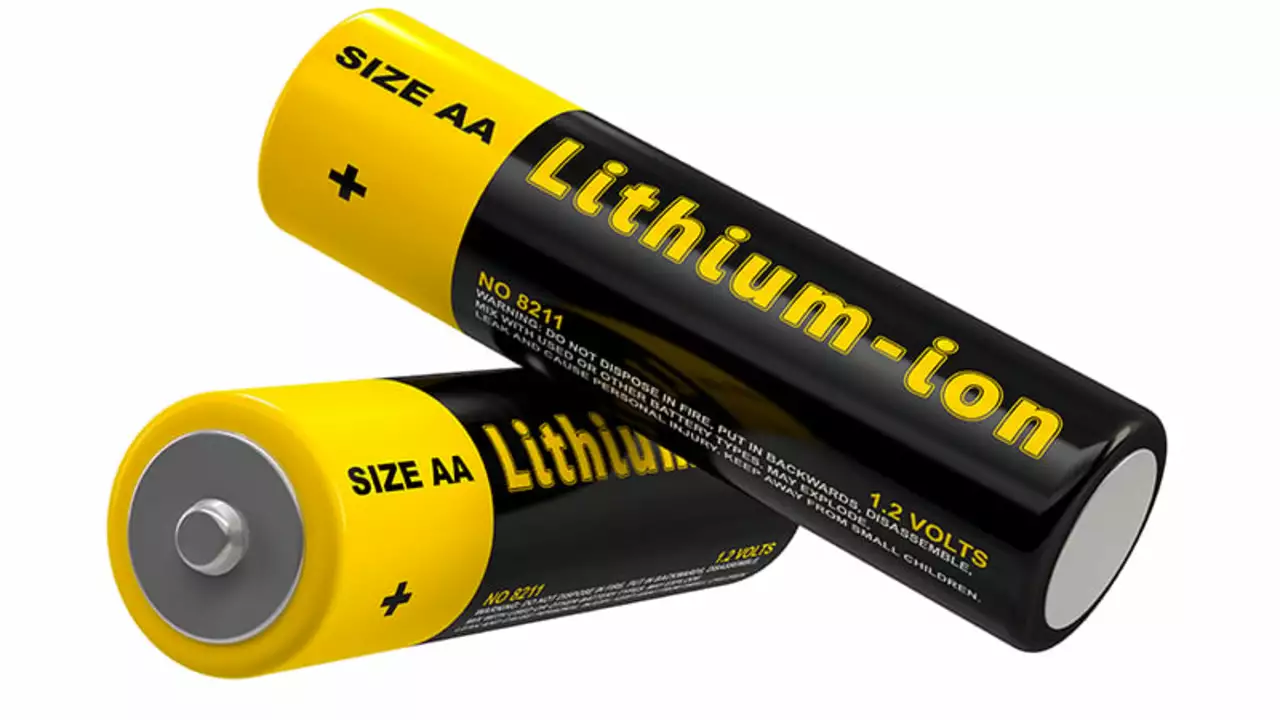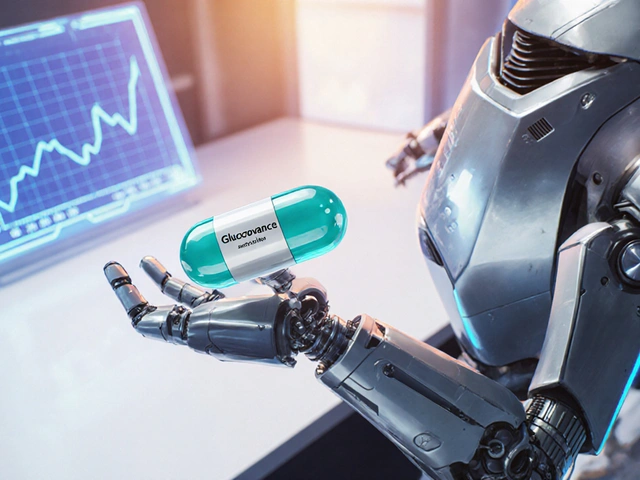Understanding Lithium-ion Batteries
Lithium-ion batteries have become an indispensable part of our lives, powering our smartphones, laptops, and even electric vehicles. They are known for their lightweight, high energy density, and relatively low self-discharge. But as with any technology, these batteries have a finite lifespan, which can be impacted by factors like temperature, charging habits, and usage patterns. In this section, we will delve into the working principles of lithium-ion batteries and what affects their longevity.
At their core, lithium-ion batteries consist of three primary components: the anode, cathode, and electrolyte. The anode and cathode store lithium ions, while the electrolyte allows ions to move between the two electrodes during charging and discharging. The flow of ions creates a current that powers our devices, but this process also leads to the gradual degradation of the electrodes, which in turn affects the battery's capacity and lifespan.
Proper Charging Practices
One of the most critical factors that affect the life of lithium-ion batteries is how we charge them. Overcharging, undercharging, and even the charging speed can all have an impact on battery health. In this section, we will explore some of the best charging practices that can help prolong your battery's life.
First, always try to keep your battery level between 20% and 80%. This range is considered the "sweet spot" for lithium-ion batteries, as it allows them to maintain a healthy balance of charge and discharge cycles without causing undue stress. Avoid letting your battery drain completely or charging it to 100% on a regular basis, as both extremes can lead to reduced battery life.
Second, be mindful of the charging speed. While fast chargers can be convenient, they can also generate more heat and stress on the battery. Opting for a slower charger or using the device's original charger can help maintain battery health.
Temperature Management
Temperature is another crucial factor that can impact the life of lithium-ion batteries. Both extreme heat and cold can affect battery performance and longevity, so it's essential to take steps to keep your devices within their optimal temperature range. In this section, we will discuss how temperature affects batteries and share some tips for proper temperature management.
Exposure to extreme heat can cause the electrolyte in the battery to break down, leading to a loss of capacity and a shorter overall lifespan. To prevent this, avoid leaving your devices in hot environments, such as inside a parked car during the summer, or near heat sources like radiators. On the other hand, extreme cold can cause the electrolyte to become more viscous, which can lead to increased internal resistance and reduced battery performance.
As a general guideline, try to keep your devices within a temperature range of 20-25°C (68-77°F) for optimal performance and longevity.
Reducing Battery Usage
Another way to prolong the life of your lithium-ion batteries is by reducing the frequency with which they are used. Heavy usage can increase the number of charge and discharge cycles, which in turn can lead to more rapid battery degradation. In this section, we will share some tips on how to minimize battery usage and extend its life.
First, consider adjusting the settings on your device to reduce power consumption. This may include lowering the screen brightness, turning off background apps, and disabling location services when not in use. Additionally, consider using power-saving modes or scheduling tasks, such as software updates, to run when the device is connected to a charger.
Second, consider investing in accessories like power banks or portable chargers. These can help you maintain your device's battery level without relying solely on the internal battery, which can help extend its life.
Replacing Old Batteries
Despite our best efforts, lithium-ion batteries will eventually reach the end of their useful life and need to be replaced. Knowing when to replace your battery and how to do it safely is essential for maintaining the performance and longevity of your devices. In this section, we will discuss the signs that it's time to replace your battery and share some tips for doing so responsibly.
Some common signs that a battery needs to be replaced include a significant decrease in capacity, swelling or bulging, and overheating during use or charging. If you notice any of these symptoms, it's essential to replace the battery as soon as possible to prevent potential safety hazards and further damage to your device.
When replacing a lithium-ion battery, be sure to follow the manufacturer's guidelines and use only genuine replacement parts. Additionally, dispose of your old battery responsibly by recycling it at an approved facility or participating in a battery take-back program.
Storing Batteries Properly
Proper storage is crucial for maintaining the health of lithium-ion batteries, especially if they will not be in use for an extended period. In this section, we will discuss the best practices for storing lithium-ion batteries to preserve their capacity and performance.
When storing a lithium-ion battery, it's essential to keep it in a cool, dry place away from direct sunlight and heat sources. Additionally, the battery should be stored at a charge level of around 50%, as this is considered the "storage sweet spot" that minimizes stress on the battery while still providing adequate voltage for long-term storage.
Finally, be sure to check on your stored batteries periodically to ensure they are maintaining their charge levels and have not developed any visible signs of damage or degradation.
Using Quality Chargers and Cables
The quality of the chargers and cables you use to charge your lithium-ion batteries can also play a role in their lifespan. Poor quality or non-genuine accessories may not provide the correct voltage or current levels required by your device, which can lead to increased stress on the battery and reduced performance. In this section, we will discuss the importance of using quality chargers and cables and how to choose the right ones for your devices.
First and foremost, always try to use the original charger that came with your device, as it has been specifically designed to provide the optimal charging conditions for your battery. If you need to replace your charger or purchase additional cables, look for reputable brands and products that have been tested and certified for use with your specific device.
Additionally, avoid using damaged or frayed cables, as these can create safety hazards and potentially damage your battery or device. Regularly inspect your chargers and cables for signs of wear and tear and replace them as needed.
Monitoring Battery Health
Regularly monitoring your lithium-ion battery's health can help you identify potential issues before they become more significant problems, as well as track the overall performance and lifespan of your battery. In this section, we will discuss some tools and techniques for monitoring battery health and how to use this information to make informed decisions about your battery's care and maintenance.
Many devices, such as smartphones and laptops, include built-in battery health monitoring features that can provide information on your battery's capacity, charge cycles, and overall health. Be sure to familiarize yourself with these tools and use them to track your battery's performance over time.
For devices that do not have built-in battery health monitoring, there are third-party apps and software that can provide similar information. These tools can help you assess your battery's health and determine when it may be time to replace or service your battery.
Conclusion
Prolonging the life of your lithium-ion batteries is an essential aspect of maintaining the performance and longevity of your devices. By following the tips and best practices outlined in this article, you can help ensure that your batteries remain in optimal condition for as long as possible. Remember to charge your batteries properly, manage temperature, reduce battery usage, replace old batteries responsibly, store them correctly, use quality chargers and cables, and monitor their health. By taking these steps, you can get the most out of your lithium-ion batteries and enjoy your devices' reliable performance for years to come.







6 Comments
Christopher Pichler
Alright, let’s talk about the so‑called “sweet spot” for State of Charge. Keeping your Li‑ion pack between 20 % and 80 % isn’t just a habit, it’s a low‑level C‑rate management strategy that reduces electrode stress. In other words, you’re avoiding deep‑cycle fatigue and the dreaded lithium plating that shows up when you slam a fast charger at 100 %. Yeah, it sounds like a hassle, but the chemistry actually rewards that modest usage pattern with a 20‑30 % boost in cycle life. So, if you don’t mind checking the bar a little more often, your battery will thank you.
Bruce Heintz
Totally get it, Chris! 😄 Small sacrifices now mean you won’t have to replace the whole phone in a year. Just keep an eye on the battery icon and maybe set a reminder – super easy. 😊
richard king
There is a quiet poetry in the way a lithium‑ion cell stores potential, like a small sun trapped between metal plates, waiting for a moment of release. Each charge is a promise, each discharge a fleeting sigh, and together they sketch the rhythm of our digital lives. Yet, we treat these delicate reactors as if they were disposable fireworks, blasting them with megawatts of current and then discarding them without a second thought. The temperature of the room, the cadence of our scrolling, the very voltage we feed them – all whisper the same truth: respect the chemistry and it will serve you faithfully. When you push a charger that spews 30 W into a modest 10 W‑rated battery, you are essentially shouting at a candle, demanding it to blaze like a lighthouse. The resulting heat is not merely a nuisance; it is an accelerated path to electrolyte breakdown, a silent erosion of capacity that you will only notice months later. Consider the storage sweet spot – about fifty percent charge – as a sort of hibernation for the cell, a gentle pause that arrests the slow march of degradation. Likewise, the practice of dimming the screen and disabling background sync is not just an energy‑saving gimmick, but a purposeful reduction of charge‑discharge cycles that prolongs the heartbeat of the device. Even the humble power bank, when used wisely, becomes a guardian, shouldering the load and sparing the internal cell from constant strain. We often hear tech evangelists extol the virtues of “fast charging,” but the slogan forgets to mention the hidden cost: a shortened lifespan that may cost you more in the long run. So, let us not be seduced by the flash of convenience alone; let us cultivate a discipline that honors the subtle balance of voltage, temperature, and chemistry. In my view, a battery is more than a commodity; it is a microcosm of patience, a lesson that the fastest path is not always the most sustainable. By practicing mindful charging, temperature awareness, and periodic health checks, we embed a respect for the unseen processes that power our screens. Ultimately, the longevity of a Li‑ion cell mirrors the longevity of the habits we embed in our daily routines. Choose wisely, and your devices will remain faithful companions for years to come.
William Lawrence
Oh great another article about not overcharging like it’s a breakthrough.
Henry Clay
This is just marketing fluff while the charger makers keep juicing you with higher C‑rates and you fall for it 😒
Isha Khullar
i cant even rite how u all think u know it all thew batteries are not just toys they hold our world and you treat them like cheap disposables